Lumbarization: Physiotherapy Treatment:
Table of Contents
Definition:
Lumbarization is a condition in which the first segment of the sacrum fails to fuse with the second segment so that it appears to be part of the lumbar vertebrae.
Related Anatomy:
The human spine is composed of vertebrae namely, cervical, thoracic, lumbar, sacral and the coccyx at the lower end. There are 5 lumbar vertebrae and 5 fused sacral vertebrae, which are based in the region of middle and lower back and facilitate movement of that part of the back. The spinal vertebrae and the spinal column are formed during the normal embryonic development.
However, sometimes there may be disturbances during the formation of the spinal column in the womb due to various reasons. This may result into congenital deformities of the spine that can affect individuals with varying degrees of severity. Lumbarization is a congenital anomaly, in which the sacral vertebrae assume the appearance of a lumbar vertebra, like additional lumbar vertebra and less fused sacral vertebra.
the first sacral vertebra is not fused to the rest of the sacrum. Due to this, it appears that there are six lumbar vertebrae and only four sacral vertebrae. Lumbarization of the spine can lead to certain clinical symptoms that can limit a patient’s movement and cause pain.
Which are the Causes of Lumbarization?
Lumbarization a congenital condition. However, there are certain activities that will increase the severity of the back pain associated with this condition. People with lumbarization are more likely to experience back pain due to:
- Poor sitting posture that places stress on the affected joints
- Twisting movements that can irritate nerve roots
- Lifting heavy loads incorrectly
- Sitting for prolonged periods
- Low levels of physical activity
Symptoms of Lumbarization:
Lumbarization may or may not cause back pain and some patients do not have any symptoms at all. Other symptoms of lumbarization include:
- Lower back pain along with buttock pain
- Inflammation
- swelling
- stiffness of back
- Limited ipsilateral (same side of the body) flexion
- Reduced mobility
- Muscle spasms
- Decreased coordination and flexibility
- increased risk of injury
- Sciatica or radicular pain patterns
- Chronic back pain in adolescents
Diagnosis of Lumbarization :
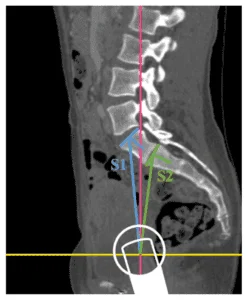
- To diagnose this condition, doctor will first examine and ask about medical history and any pain may have.
- A lumbarization diagnosis also requires X-rays of the lumbar spine. patient may have flexion-extension X-rays, so that the doctor can view the lumbar region in different positions.
- doctor may also order MRI imaging. To confirm a diagnosis, your doctor may use diagnostic injections of anesthetics or steroids in the area.
Examination:
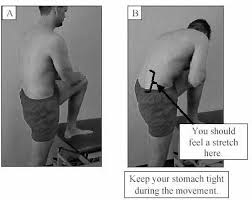
- Stand up straight. keep the Heels together and the toes spread to the sides; Try to get my hands on the floor,
- If this fails, ask a close person to measure the distance, which is lacking to the floor using the tape measure (from the end of the 3rd finger)
- Pain may present in back ward bending.
Medical Management:
Lumbarization treatment depends on the nature of the anomaly and the lumbarized sacral bone. Treatment For Lumbarization Includes:
- Anti-inflammatory drugs, muscle relaxants for back pain, swelling, inflammation.
- Injections and steroid treatment may be considered.
- Manual therapy, muscle or radicular technique if appropriate.
- Surgical treatment may be considered for cases requiring correction.
- While the direct link of lumbarization and back problems remains unclear, it is worth protecting the back and taking appropriate measures to maintain muscle strength.
Physiotherapy Treatment in Lumbarization :
Benefits of Exercise in Lumbarization :
When done in a controlled, progressive manner, exercises for relieving back pain have many benefits, including:
- Strengthening the muscles that support the spine, removing pressure from the spinal discs and facet joints
- Alleviating stiffness and improving mobility
- Improving circulation to better distribute nutrients through the body, including to the spinal discs
- Releasing endorphins, which can naturally relieve pain. A frequent release of endorphins ca
- n help reduce reliance on pain medication. Endorphins can also elevate mood and relieve depressive symptoms, a common effect of chronic pain.
- Minimizing the frequency of back or neck pain episodes, and reducing the severity of pain when it does occur
Stretching exercise for Low Back Pain :
Back Flexion Stretch:
- Lying on the back.
- pull both knees to the chest while simultaneously flexing the head forward until a comfortable stretch is felt across the mid and low back.
Knee to Chest Stretch:
- Lie on the back with the knees bent and both heels on the floor
- place both hands behind one knee and pull it toward the chest
- stretching the gluteus and piriformis muscles in the buttock.
- Repeat with the opposite leg.
Kneeling Lunge Stretch:
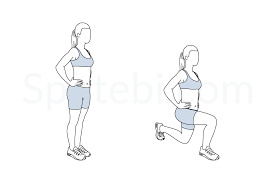
- Starting on both knees, move one leg forward so the foot is flat on the ground,
- keeping weight evenly distributed through both hips (rather than on one side or the other).
- Place both hands on the top of the thigh, and gently lean the body forward to feel a stretch in the front of the other leg.
- This stretch affects the hip flexor muscles, which attach to the pelvis and can impact posture if too tight.
Piriformis Muscle Stretch:
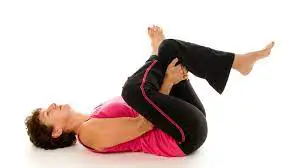
- Lie on the back with knees bent and both heels on the floor.
- Cross one leg over the other, resting the ankle on the bent knee
- then gently pull the bottom knee toward the chest until a stretch is felt in the buttock.
- lying on the floor, cross one leg over the other and pull it forward over the body at the knee, keeping the other leg flat.
hamstring stretch:
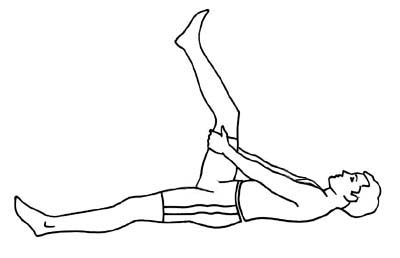
- Lie on your back with your knees bent, keeping your spine in a neutral position.
- Raise your left leg into the air and straighten it by lifting your heel toward the ceiling.
- Hold your leg behind the upper thigh using both hands and gently pull the leg closer to your body.
- Hold the stretch for up to 30 seconds, then release and repeat on the opposite side
Strengthening exercise for Lumbarization :
strengthening exercises focus on the core muscles, including the abdominal, gluteus, and hip muscles, in addition to muscles surrounding the spine. All of the core muscles are essential in supporting and minimizing strain on the spine.
Back-strengthening exercises can result in:
- Reduced stress on the spinal discs and joints
- Better spinal alignment and overall posture
- Ease with movements that may cause pain, such as bending, twisting, or lifting
- In most cases, strengthening exercises are recommended 2 or 3 times a week, and as part of an overall program of stretching and aerobic exercise.
Transverse Abdominis Muscle Strengthening (Abdominal Exercise):
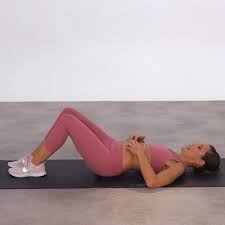
- Lie on one’s back with the knees bent.
- Knees and feet should be shoulder-width apart.
- Draw the belly button toward the spine while maintaining a neutral spine. Upon exhalation, reach toward the ceiling as if trying to grab a trapeze overhead.
- Then raise the head and shoulders off the floor, just to the point where the shoulder blades are barely touching the floor, and hold 1-2 seconds.
- Inhale upon return and repeat at the end of the next exhalation. Continue until it is not possible to maintain a neutral spine.
- Hold 1-2 seconds
- Repeat until fatigued
- 1 time per day
- 4-5 days per week
Gluteus Maximus Muscle Strengthening (Buttock Exercise):
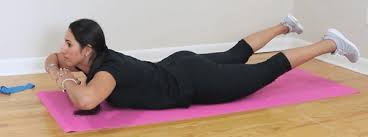
- To strengthen this muscle, lie on the stomach with the hips and legs off the end of a table or bench.
- Tighten the buttock on one side and extend the leg up toward the ceiling while maintaining a neutral spine.
- Movements should be slow. Initially, it is common to only be able to perform a few repetitions at a time.
- Hold 5 seconds
- 4-10 repetitions per side
- 1 time per day
- 4-5 days per week
Gluteus Medius Muscle Strengthening (Hip Abductor Exercise):

- lie on one’s side with the back against the wall.
- Draw the belly button in while maintaining a neutral spine.
- Raise the upper leg with the toes slightly pointed toward the ceiling and the heel maintaining contact with the wall.
- Perform slowly with a 2 second hold at the top.
- 10 repetitions per side
- 1 time per day
Common forms of strengthening exercise can include:
- Pilates
- Yoga
- Tai chi
- Weight lifting and training
- Resistance bands
- Base ball
- Exercise ball
Lumbar stabilization exercises:
The lumbar stabilization exercise program includes a range of exercises that typically progress from beginning to more advanced:
- From static (lying) to dynamic (standing or jumping)
- From resisting gravity to resisting additional outside force
- From predictable to unpredictable movements
- From individual components of a movement to the complete range of motion in a movement
Mobility exercise for lumbar spine:

Low back Rotation:
- Lie back on the floor with bent knees and feet flat on the ground.
- Keeping the shoulders firmly on the floor, gently roll both bent knees over to one side.
- Hold the position for 5–10 seconds.
- Return to the starting position.
- Gently roll the bent knees over to the opposite side, hold, and then return to the starting position.
Pelvic tilt exercise:
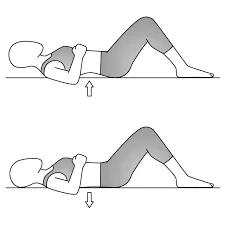
- The pelvic tilt is a beneficial exercise for your L5 vertebra. It reduces lower back pain by strengthening your abdominal muscles and inhibiting your lower lumbar para-spinal muscles.
- Lie on your back with your knees bent and your feet flat on the floor. Rest your hands on your pelvic bones on either side of your body. Contract your abdominal muscles and tilt your pelvis up to the ceiling by pressing your lower back into the floor. Release and repeat.

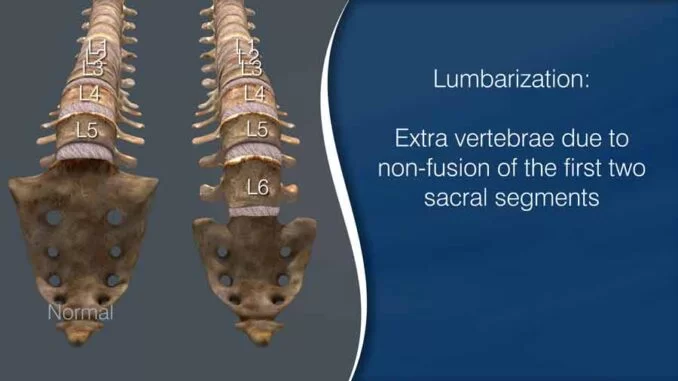
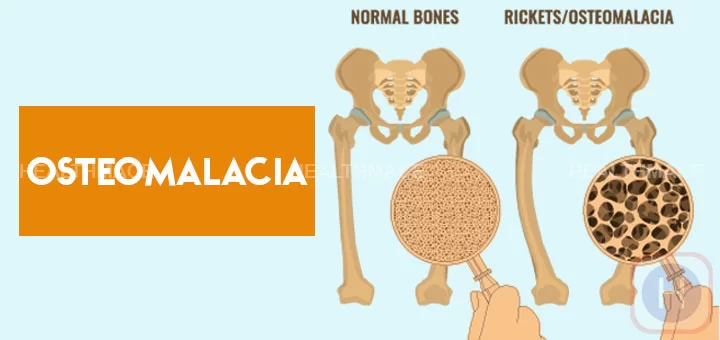
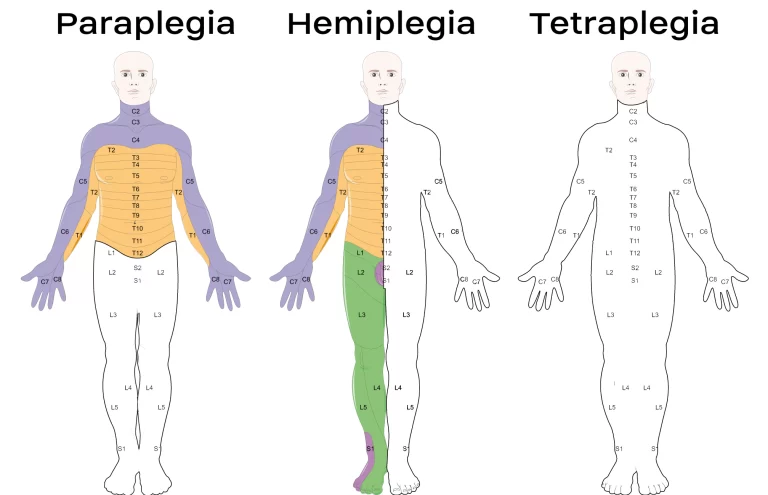

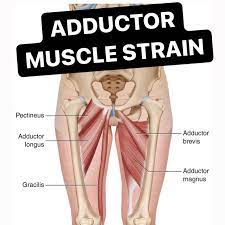
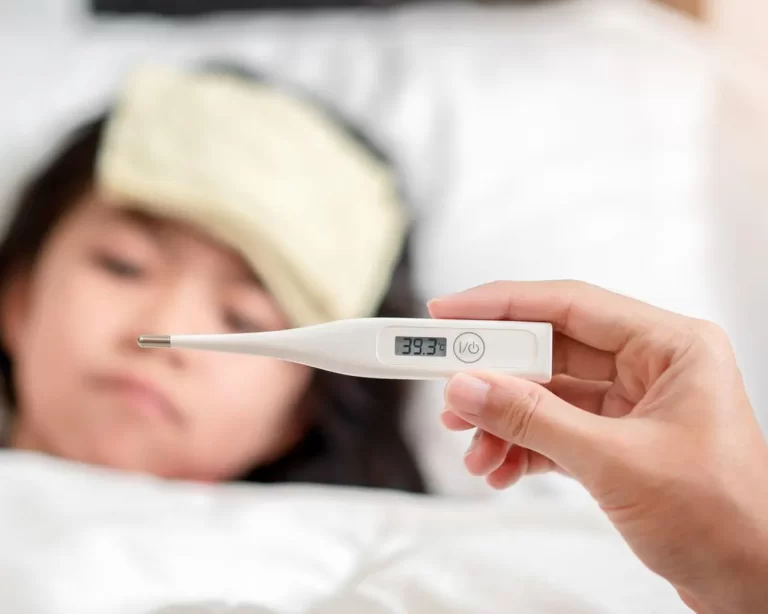
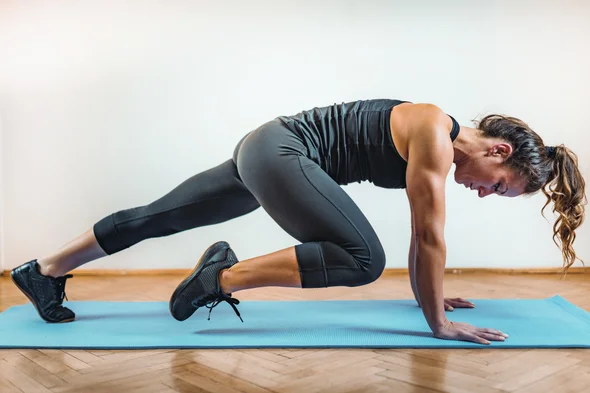
4 Comments